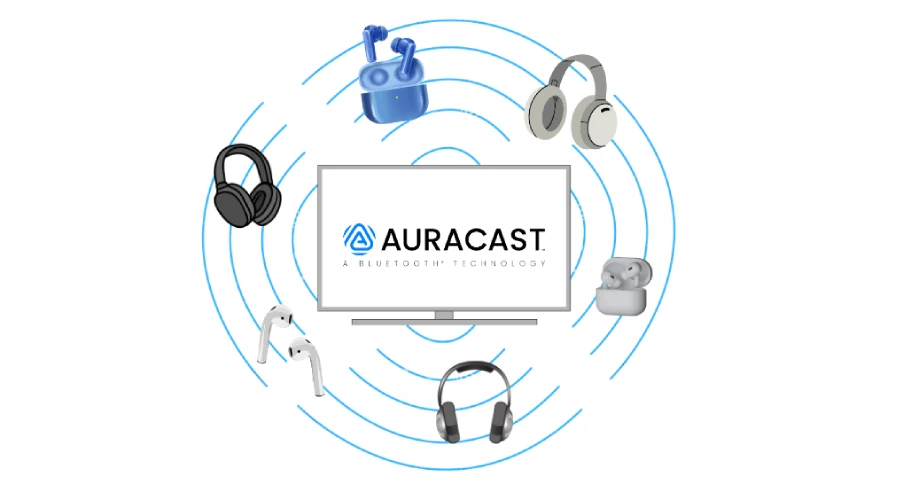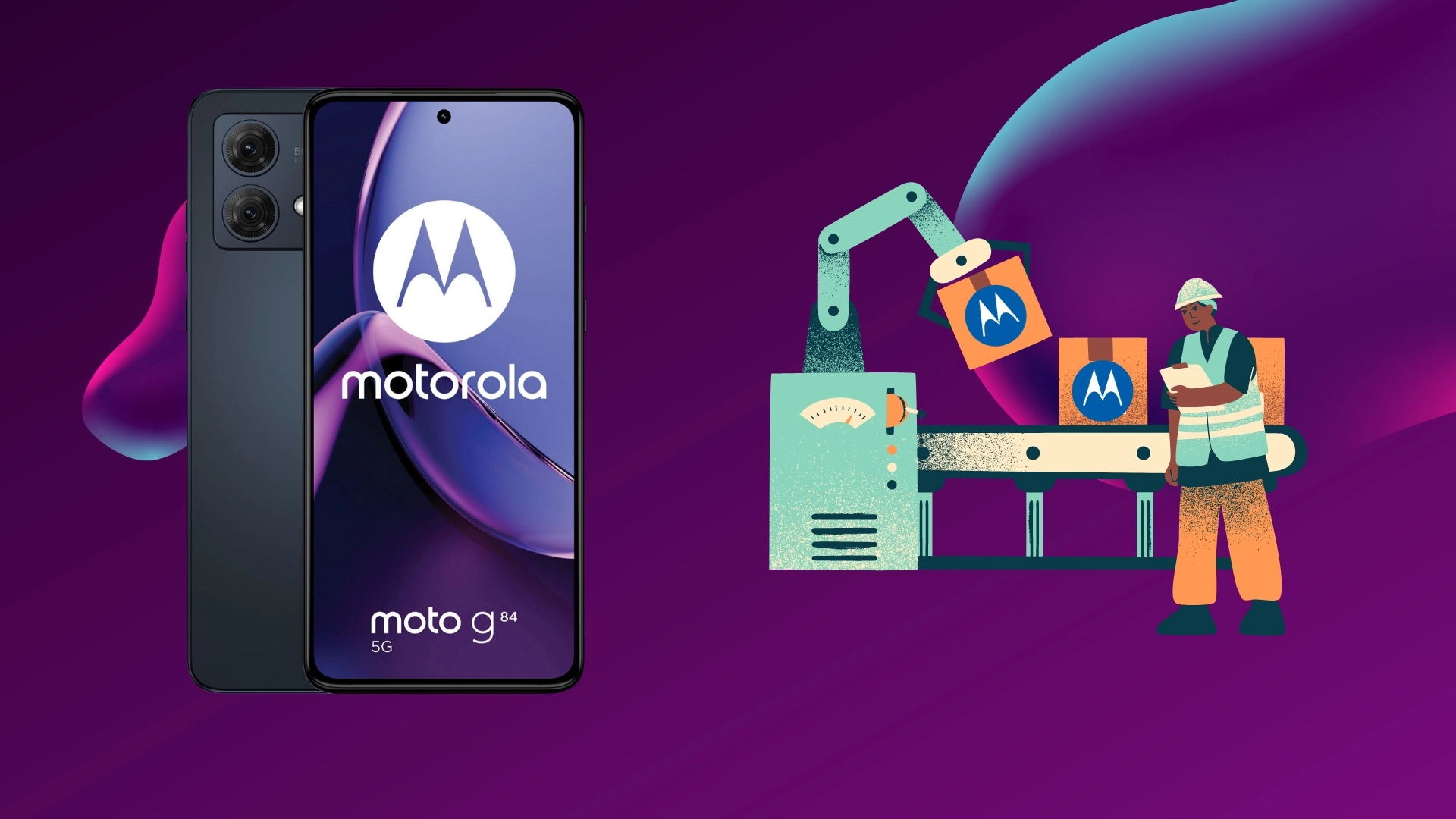Bluetooth was initially designed to allow two devices to transfer data wirelessly. It emerged just as cell phones were evolving, becoming especially useful when phones gained the ability to display videos and take photos. People needed an easy way to transfer data between their phones and other devices. While cables and computers were an option, they were only sometimes convenient. That’s where Bluetooth came in, creating a simple, wireless way to exchange information directly between devices. Over time, Bluetooth shifted from just a data transfer protocol to one mainly used for transmitting audio, like wireless headphones. It has also been found to be widespread in devices like computer mice, remotes, and keyboards to transmit control signals.
What is Bluetooth Auracast?

Auracast, introduced with Bluetooth 5.2, allows a single device to broadcast audio to multiple receivers simultaneously. Think of it like a radio station: the station (or transmitter, such as a laptop or smartphone) sends out a signal, and any device within range that supports Auracast can “tune in” without needing to pair. The transmitter doesn’t track how many devices receive the broadcast; anyone within range selects the broadcast and connects. This feature allows any Auracast-enabled Bluetooth device to act as a transmitter.
Applications of Auracast
Auracast, introduced with Bluetooth 5.2, enables a single device to broadcast audio to multiple receivers simultaneously. Imagine it like a radio station: the transmitter, such as a laptop or smartphone, sends out a signal, and any nearby device that supports Auracast can “tune in” without needing to pair. The transmitter doesn’t monitor how many devices are connected; any device within range can simply select and join the broadcast. This functionality allows any Auracast-compatible Bluetooth device to act as a transmitter if it can serve as the master device, while others can easily connect as receivers.
Examples of Auracast Applications
Auracast offers several practical uses. For instance, at conferences, you can use Auracast-enabled headphones to broadcast audio simultaneously to all attendees, eliminating the need for complex audio setups.
Another great application is in TVs. Traditionally, broadcasting audio via Bluetooth to multiple headphones has been a challenge, especially in households with someone who has hearing impairments. It was difficult to set a volume level that worked for everyone. With Auracast, TVs can now broadcast audio to an unlimited number of headphones or other supported devices, solving this problem with ease.
Limitations of Auracast
Despite its advantages, Auracast has the same fundamental limitation as all Bluetooth technologies—its range. Bluetooth typically works within 10 meters (30 feet), so while Auracast is excellent for smaller spaces like living rooms or conference rooms, its benefits are less practical in larger areas where signal range becomes a concern.





